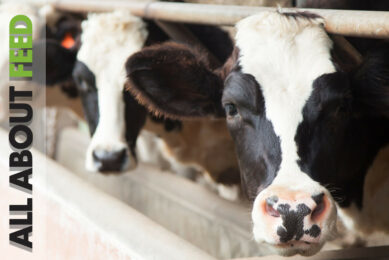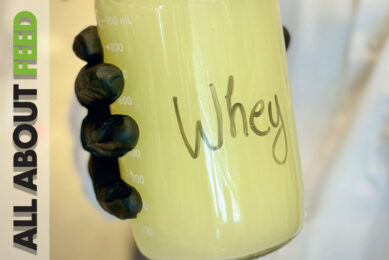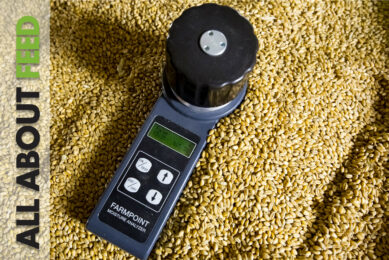Introducing the 10th edition of All About Feed for 2021
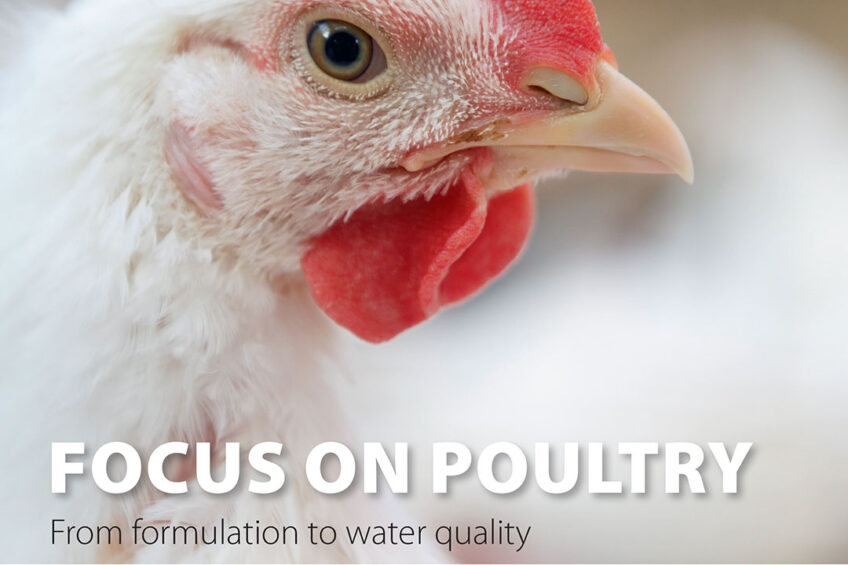
This 10th edition of All About Feed focuses on poultry and explores the concept of enriching a chicken embryo with creatine. The result of orange maize as feed on the colour of an egg’s yolk is considered, and water quality and quantity in poultry houses is given detailed attention. Then, a major change comes for the industry with the authorization of processed animal proteins as feed for poultry and pigs.
View All About Feed edition 10 digital magazine
Creatine: The energy boost for a healthy start
Creatine is an organic compound that gives muscle cells the ability to produce more energy. Could poultry producers enrich a chicken embryo with an available energy source by feeding creatine to the broiler breeder hen, and would this meet the requirements of modern broilers to improve production?
Amino acids: A bright synthetic future
The use of synthetic amino acids in feed for broilers and pigs has seen a steady increase. The expansion of amino acids in feed has been supported using ileal amino acid digestibility measurements for various feed ingredients and as a base for nutrient requirements in both pig and poultry diets. This allows for a more accurate assessment of an animal’s needs for each amino acid.
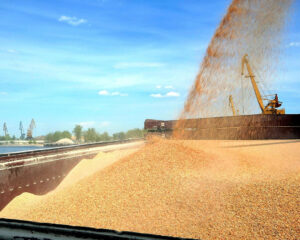
Improved efficiency with protected amino acids
Amino acids, which are the building blocks of milk and body proteins, are considered to be one of the most important nutrients in dairy cow nutrition. Choosing rumen-protected amino acids, specifically, will help to improve protein efficiency.
Russia’s focus on grain and poultry exports
By 2024, Russia anticipates that around US$11 billion will be invested in several hundred export-oriented agricultural projects with a specific focus on grains, poultry and animal feed. It is forecast that Russian agricultural exports are set to rise from US$30.5 billion in 2020 to US$37 billion in 2024.
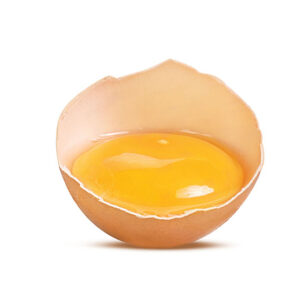
Feeding orange maize for orange yolks
Many consumers worldwide prefer yolks that are intense golden-orange in colour, believing these to be healthier and tastier. Hens cannot synthesize carotenoids, so the colour of the yolk is derived from the carotenoid pigments in their feed. Researchers found orange maize to be a good option to achieve a more colourful yolk.
Limiting the impact of diet change for broilers
The nutrient requirements of birds change throughout the production cycle. With a change in diet, feed formulation changes and impacts ingredient and nutrient composition, as well as the texture, colour and taste of feed.
Ensuring water quality in poultry production
Water receives considerably less attention than nutrition and the environment when it comes to poultry production and performance. Yet, the quality and quantity of water are crucial. Research goes as far as to say that water consumption can be used as an indicator of flock performance.
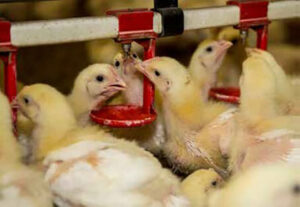
Natural ways to support liver health
The liver has many important functions. How can the liver become damaged in farm animals, and how can poultry producers support liver health?
Precision feeding applied to amino acids
Precision feeding techniques involve the continuous estimation of nutrient requirements based on the status of each animal and patterns of feed intake and growth to provide the right amount of tailored feed at the right time. This helps to better estimate specific amino acids requirements.
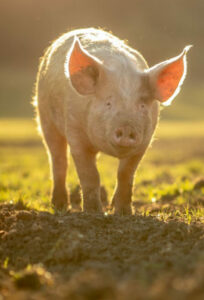
Change feed ban: Major change for the industry
In Europe, to lift any regulatory constraints that are no longer justified, and aimed at a more sustainable EU food system, processed animal proteins from non-ruminants have been re-authorised for use in animal feed. Meanwhile, insect protein has been authorised as feed for pigs and poultry.
Indoor-grown wheat sprouts fill feed gap
HydroGreen is a hydroponic indoor feed production system that is technologically advanced yet very simple with automated seeding, watering and harvesting, and without a need for fertilizers. With this system, wheat or barley seed is harvested every 6 days and used as feed.
Feed mills: A note to integrators
Feed mill and machinery expert, Wayne Cooper, believes that integrator feed mill personnel should not be discouraged from speaking to vendors, because “building a wall” keeps out the bad but also the good. He encourages integrators not to be afraid of new ideas that challenge current operations.
To read the full articles, simply click on the digital magazine section and then on All About Feed 2021-10. Registration is free.





